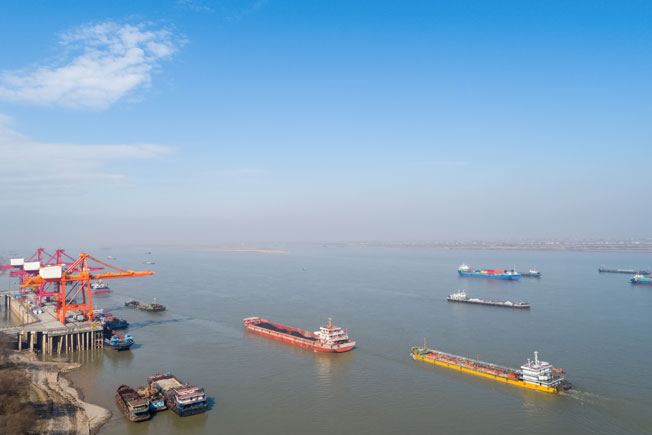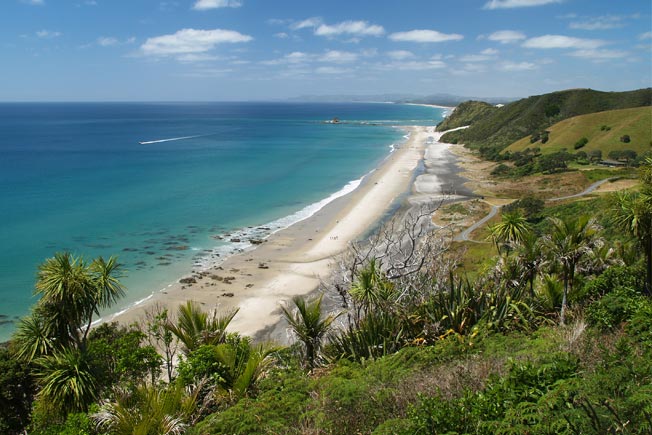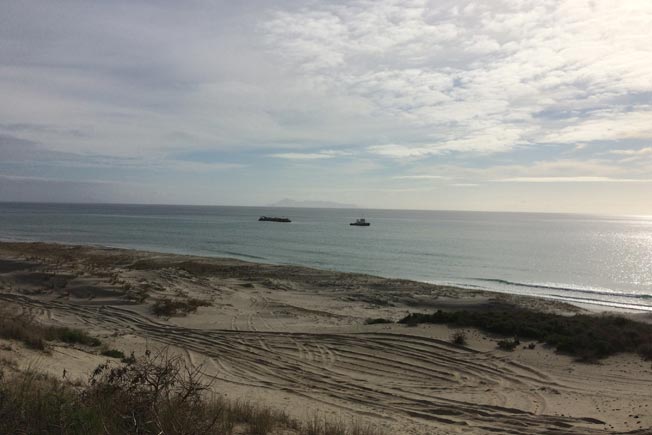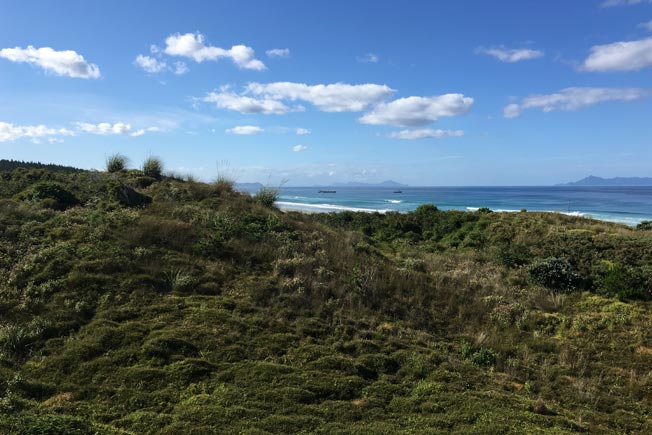From Cambodia to California, industrial-scale sand mining is causing wildlife to die, local trade to wither and bridges to collapse. And booming urbanisation means the demand for this increasingly valuable resource is unlikely to let up
Times are good for Fey Wei Dong. A genial, middle-aged businessman based near Shanghai, China, Fey says he is raking in the equivalent of £180,000 a year from trading in the humblest of commodities: sand.
Fey often works in a fishing village on Poyang Lake, China’s biggest freshwater lake and a haven for millions of migratory birds and several endangered species. The village is little more than a tiny collection of ramshackle houses and battered wooden docks. It is dwarfed by a flotilla anchored just offshore, of colossal dredges and barges, hulking metal flatboats with cranes jutting from their decks. Fey comes here regularly to buy boatloads of raw sand dredged from Poyang’s bottom. He ships it 300 miles down the Yangtze River and resells it to builders in booming Shanghai who need it to make concrete.
The demand is voracious. The global urbanisation boom is devouring colossal amounts of sand – the key ingredient of concrete and asphalt. Shanghai, China’s financial centre, has exploded in the last 20 years. The city has added 7 million new residents since 2000, raising its population to more than 23 million. In the last decade, Shanghai has built more high-rises than there are in all of New York City, as well as countless miles of roads and other infrastructure. “My sand helped build Shanghai Pudong airport,” Fey brags.
"In the past few years, China has used more cement than the US used in the entire 20th century"
Hundreds of dredgers may be on the lake on any given day, some the size of tipped-over apartment buildings. The biggest can haul in as much as 10,000 tonnes of sand an hour. A recent study estimates that 236m cubic metres of sand are taken out of the lake annually. That makes Poyang the biggest sand mine on the planet, far bigger than the three largest sand mines in the US combined. “I couldn’t believe it when we did the calculations,” says David Shankman, a University of Alabama geographer and one of the study’s authors.
All that dredging, researchers believe, is a key reason why the lake’s water level has dropped dramatically in recent years. So much sand has been scooped out, says Shankman – 30 times more than the amount that flows in from tributary rivers – that the lake’s outflow channel has been drastically deepened and widened, nearly doubling the amount of water that flows into the Yangtze. The lower water levels are translating into declines in water quality and supply to surrounding wetlands. It could be ruinous for the area’s inhabitants, both animal and human.

A building problem
Poyang Lake, which sits in a verdant rural area best known for a waterfall in the nearby hills, is Asia’s largest winter destination for migratory birds. It hosts millions of cranes, geese and storks during the cold months – as well as several endangered and rare species. It is also one of the few remaining habitats for the endangered freshwater porpoise. Studies have found that the sediment stirred up and the noise generated by sand boats interfere with the porpoise’s vision and sonar so drastically they cannot find fish and shrimp to feed on. And there are fewer fish to be found in the first place, say locals.
“The boats are destroying our fishing areas,” says one wrinkled fisherwoman selling plastic bags of crayfish. The dredging destroys fish breeding grounds, muddies the water and tears up her nets. These days, she says, she’s lucky to make £1,200 a year."
“I’ve been fishing here for 30 years, and there are fewer and fewer fish,” says Tan Jung Hwa, another local fisherman. He’s taken to working part-time on the sand boats because he can’t earn enough otherwise.
Lake Poyang may be a unique place, but the damage being done there is not. All around the world, riverbeds and beaches are being stripped bare, and farmlands and forests torn up to get at the precious sand grains. It’s a worldwide crisis that nobody has heard about.
The main driver of this crisis is our era’s unprecedented urban growth. Cities are expanding at a pace and on a scale far greater than at any time in human history. The number of people living in urban areas has more than quadrupled since 1950, to about 4 billion today. More than half of the world’s people now live in cities – with another 2.5 billion to come in the next three decades, according to the UN.
The boats used to dig up the sand are essentially gigantic floating platforms, fitted with two huge conveyor belts studded with buckets that haul up sand from the bottom of the lake. The sand is then transferred to transport ships. In one narrow part of the lake, dozens of dredgers extend from the shore in a line, leaving only a narrow passageway for a tugboat hauling a barge piled up with yellow sand.
“We used to make more money, but now there is too much competition,” complains a crew member aboard one of the dredgers. “There are too many people doing this job.”
Catastrophic damage
Sand mining is causing environmental damage worldwide. In some places locals dig out riverbanks with shovels and haul it away with pickup trucks or donkeys; in others multinational companies dredge it up with machinery. Everywhere, the process impacts its surroundings in ways that range from cosmetic to catastrophic.
"We’re losing eight acres a year of pristine Californian shore, some of the most beautiful in the world"
“This is the fastest eroding shoreline in California,” says professor Ed Thornton, a retired coastal engineer with the Naval Postgraduate School in Monterey who has been studying the impact of the mine for years and who spoke at the demonstration. “We’re losing eight acres a year of pristine shore, some of the most beautiful in the world. It’s because of sand mining.” (A spokesperson for Cemex, the company that operates the mine, says via email that Thornton’s conclusions “are based on what we believe to be erroneous, speculative data and unsound theory”.)
The beach is the only one in the US that is still being mined for construction sand. Cemex, a global construction firm based in Mexico, operates a dredger that sucks up an estimated 270,000 cubic metres of sand every year. For most of the 20th century there were many such sand mines along the California coast, but in the late 1980s the federal government shut them down due to the erosion being suffered by the Golden State’s famous beaches. The Cemex plant is still operating thanks to a legal loophole – it appears to sit above the mean high-tide line, putting it out of federal jurisdiction. But protesters want state authorities to step in.
Source: The Guardian













